ELSAN Toilets 100 Year Anniversary (1924-2024)
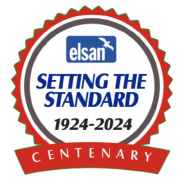
The Second Industrial Revolution happened from 1870 to 1914 (the beginning of World War I). This period saw the beginnings of electrification, telephones, automobiles, airplanes, and the steel industry for producing factories, office buildings, and industrial equipment. Cities grew as did “factory towns” for workers and their families. A large portion of the population moved from agricultural areas to metropolitan areas. Neighborhoods began to be established and to grow.
In London in the early 1920s, an entrepreneur named Ephraim Louis Jackson identified a need for indoor sanitation in these new areas where sewage systems did not exist. Other parts of the British Empire (such as in India, Africa, Australia, New Zealand, and Canada) were also growing and expanding without sewer infrastructure. Indoor sanitation was a need during this period of extreme growth.
In 1924, after much research and development, Jackson patented the “Elsan Closet”—which was a bucket with a toilet seat and a weighted deflector to tip excrement into the container. Inside the bucket was a formaldehyde-based chemical that would control the odor and cover the waste.
The name “Elsan” was the combination of his initials—Ephraim Louis (EL) and the first three letters of the word sanitation (SAN).
Soon, “Elsan Indoor Chemical Closets” were everywhere as sales exploded throughout the world. In addition to the United Kingdom and the British Empire, these units were quite popular in the United States. Elsan also continued to develop deodorizing chemicals for use in sanitary environments.
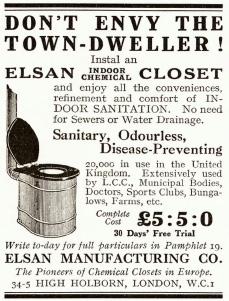
As business grew, E.L. Jackson saw tough times ahead as the 1930s began. He sold his company to his largest competitor, Sanitas, which gave Elsan the financial strength for future growth.
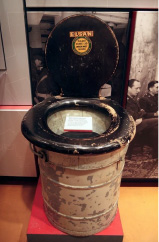
Without the use of water for flushing and sewer systems, Elsan toilets were portable and could be found on ferries, ships, railcars, mines, agricultural farms, and airplanes.
As World War II began, Elsan toilets became synonymous with fighter aircraft. Long flights and large crews needed portable sanitation, and Elsan filled that need.
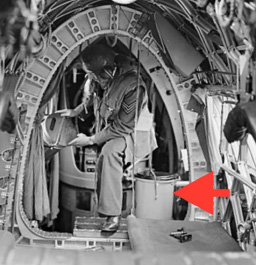
The war created other uses for these portable units such as air raid shelters, refugee camps, and even the famous “Churchill War Rooms” located underground in London.
After the War, as Europe rebuilt, water and sewer systems made “indoor plumbing” commonplace and the need for “water closets” diminished.
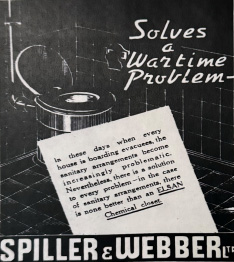
The marketplace did change, however, in the 1950s as campers, recreational vehicles, speed boats, and houseboats became extremely popular. The company shifted its product and chemical development to this new recreational marketplace.
Today, 100 years after its founding, Elsan is a leader in toilet chemicals and development.
For even more interesting facts on the history of our Industry and of our Association, click on the link below and order your History Book today. All proceeds benefit the PSAI Scholarship Program.
